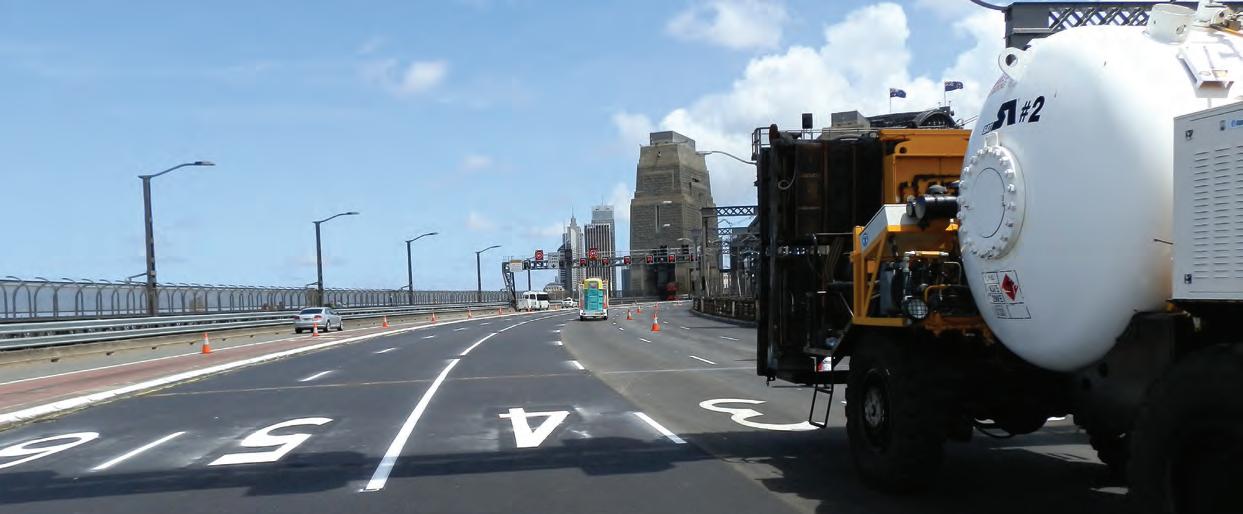To help mitigate the risks for motorcyclists impacting roadside hazards, a range of motorcyclist protection devices are available to road designers.
SAFETY ON
TWO WHEELS
INGAL CIVIL HAS CREATED TWO DIFFERENT ROAD SAFETY SOLUTIONS TO LOWER THE POTENTIAL SEVERITY OF IMPACT WHEN MOTORCYCLISTS COLLIDE WITH ROAD SAFETY DEVICES.
T
he centre for Accident Research & Road Safety, Queensland found that motorcycles account for 5.7 per cent of all Australian passenger vehicle registrations. It also found motorcycles account for only 1.2 per cent of passenger vehicle kilometres travelled. However, in 2016 motorcycle riders and pillions accounted for around 19 per cent of all road crash deaths and an even higher proportion of serious injuries. To help mitigate the risks for motorcyclists impacting roadside hazards, a range of motorcyclist protection devices are available to road designers. These devices are intended to help reduce the risk to riders who collide with road safety barrier systems or their components such as posts or pass under a barrier beam. While there is a high percentage of motorcycle-related fatalities and injuries
48
ROADS APRIL 2020
in Australia, the AS/NZ standard 3845 nominates three European test protocols which can be used for the evaluation of motorcyclist protection devices. The three protocols nominated include a European CEN Technical Specification CEN/TS 1317-8, the French LIER protocol and the Spanish Standard UNE 135900. These protocols are all specific to the performance of safety devices for motorcyclists. The Federation of European Motorcyclists Association shows all three are evaluated with a crash test dummy sliding along the ground headfirst into the safety device at differing speeds and angles. Each test protocol also has different impact points and numbers of impacts required to determine the results. For the European CEN Technical Specification and Spanish Standard, the performance and acceptance criteria is
defined by severity level. Test results can be classified in to two severity levels, depending on the value of results received from the dummy. According to the Federation of European Motorcyclists Association, the Head Injury Criterion is an index adopted to evaluate the impact severity level. The Head Injury Criterion measures the likelihood of head injury arising from an impact. Severity level one is the lowest level of injury: for example, a person may retain consciousness and may only have a headache. Severity level two has an increased severity of impact and potential injuries such as facial and nose fractures. Ingal Civil has a specialised motorcyclist protection system to help lower these risks. The system is installed onto existing roadside barriers to reduce the chances of serious injury to motorcyclists and pillion passengers in run-off-road accidents. The Ingal MPR is approved by VicRoads





















